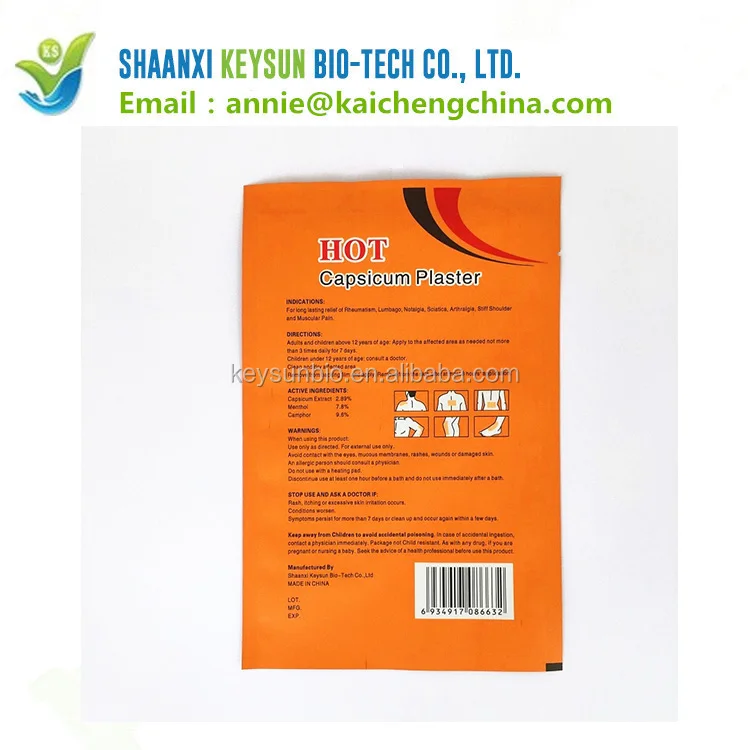
In those days, the doctor came to your home so I do not remember too many visits but enough to remember his name & I can remember his features. What I do remember is my father shoving Vicks up my nose, under my nose, shove it down my throat, rub it on my chest & between my “wings” on my back, then cover my chest with his handkerchief and fasten it with a safety pin at the neck placing it under my top or pajamas. I do not remember getting Mustard Plaster treatments as an older child. I remember I had to lay on the countertop for awhile, possibly until it cooled off. Mother then placed a Muslin cloth on my chest & applied the mustard plaster. She would lay me flat on the counter top with no top on. My mother did this Mustard Plaster on me several time that I can recall. When I was young during the late 50’s & early 60’s this was a common practice. Have you never seen Anne of Green Gables? You’re missing out! It’s one of my favorites! 🙂 This is a remedy that Anne on Anne of Green Gables used on Minnie Mae when she had severe croup.
Mustard plaster for back pain skin#
This is a very effective remedy for breaking up congestion, but you have to be sure you don’t burn the skin – use the olive oil on the chest first! Don’t place the plaster directly on the skin and then blame me if you get “burned”. If you have sensitive skin, only use the plaster for 20-30 minutes at a time. Leave this on the chest all day or overnight as long as the skin isn’t becoming irritated.It’s very important to check the plaster from time to time to make sure it isn’t burning the skin.You don’t have to place a hot towel on the paste, but this will help the mustard seed to stay warm and effective. Place this paste on the chest and cover with a hot wet towel. Be sure to place a thin layer of olive oil on the chest before you put the paste on to help keep the plaster from “burning” the skin.Stir in enough hot water to make a thick paste.1/4 cup mustard powder (you can also grind mustard seeds into powder yourself, which would make a stronger and even more effective poultice).
Mustard plaster for back pain how to#
How To Make a Mustard Plaster for Congestion This simple remedy truly works! It’s another easy thing you can keep on hand to help your family’s well being. Mustard has rubefacient properties, which means it increases blood circulation, perspiration, and heat to the area of skin where it is administered. Yes, I’m talking about the common kitchen spice! Please note, to prevent skin irritation, a mustard plaster should not be directly applied to the skin, nor used on broken and sensitive skin.When any kind of chest congestion is present, making a mustard plaster is one option of breaking it up. When the plaster dries up after a few hours, you can add a little water into it to keep it moist. But if the discomfort becomes too strong, you should take it off, and add more flour and water into it.ĥ. Normally, you will feel a mild itching or burning sensation. If you add more flour and make it very mild, you can safely leave it on for an entire day.

You can adjust the mustard/flour ratio depending on your skin sensitivity and the length of time the plaster will be left on. It depends how strong the mustard plaster is and how sensitive your skin is.

You can keep the plaster on your body from 20 minutes to hours or for an entire day. Use a long strip of clean cloth as a dressing to keep the mustard plaster in place.Ĥ. Prepare two thick cotton towels (cotton cloth, used T-shirt), put a paper towel on one thick cotton towel, and spread the mixture on it, cover it with another cotton towel.ģ. Mix 1/2 tablespoons of mustard powder and 2 tablespoons of flour with warm water, stir well and make it into a paste.Ģ. That is why it can help relieve and improve the symptoms of rheumatism, joint pain, low back pain and sciatic nerve pain.ġ. Mustard plaster induces a warm sensation, increases blood circulation and dries up excessive moisture within the affected area of the body. Mustard plaster is a home therapy that can be used for the treatment of rheumatism, arthritis, lumbago (low back pain) and sciatica (sciatic nerve pain).

Arthritis, Back Pain, Lumbago, mustard, Rheumatism


 0 kommentar(er)
0 kommentar(er)
